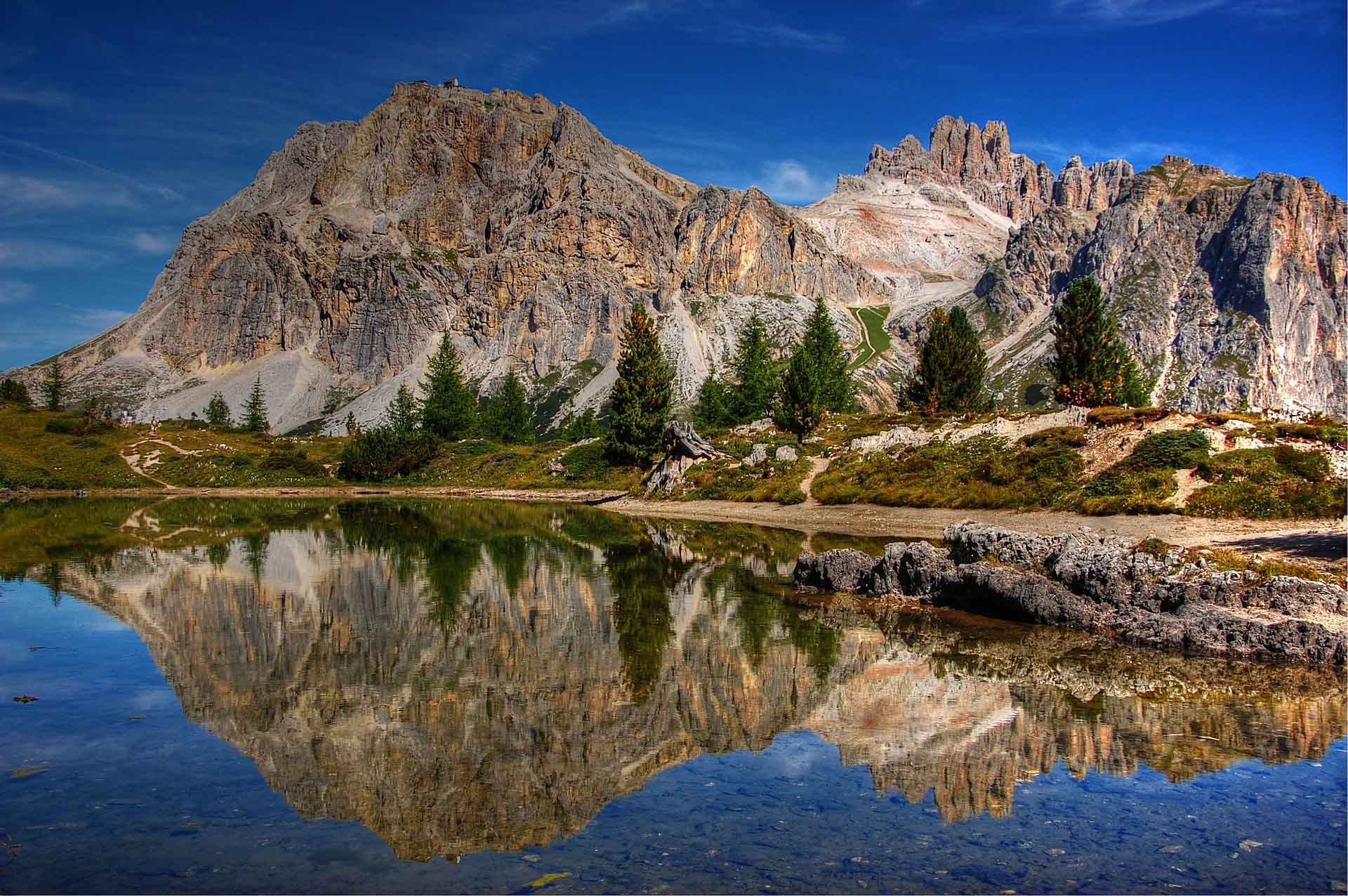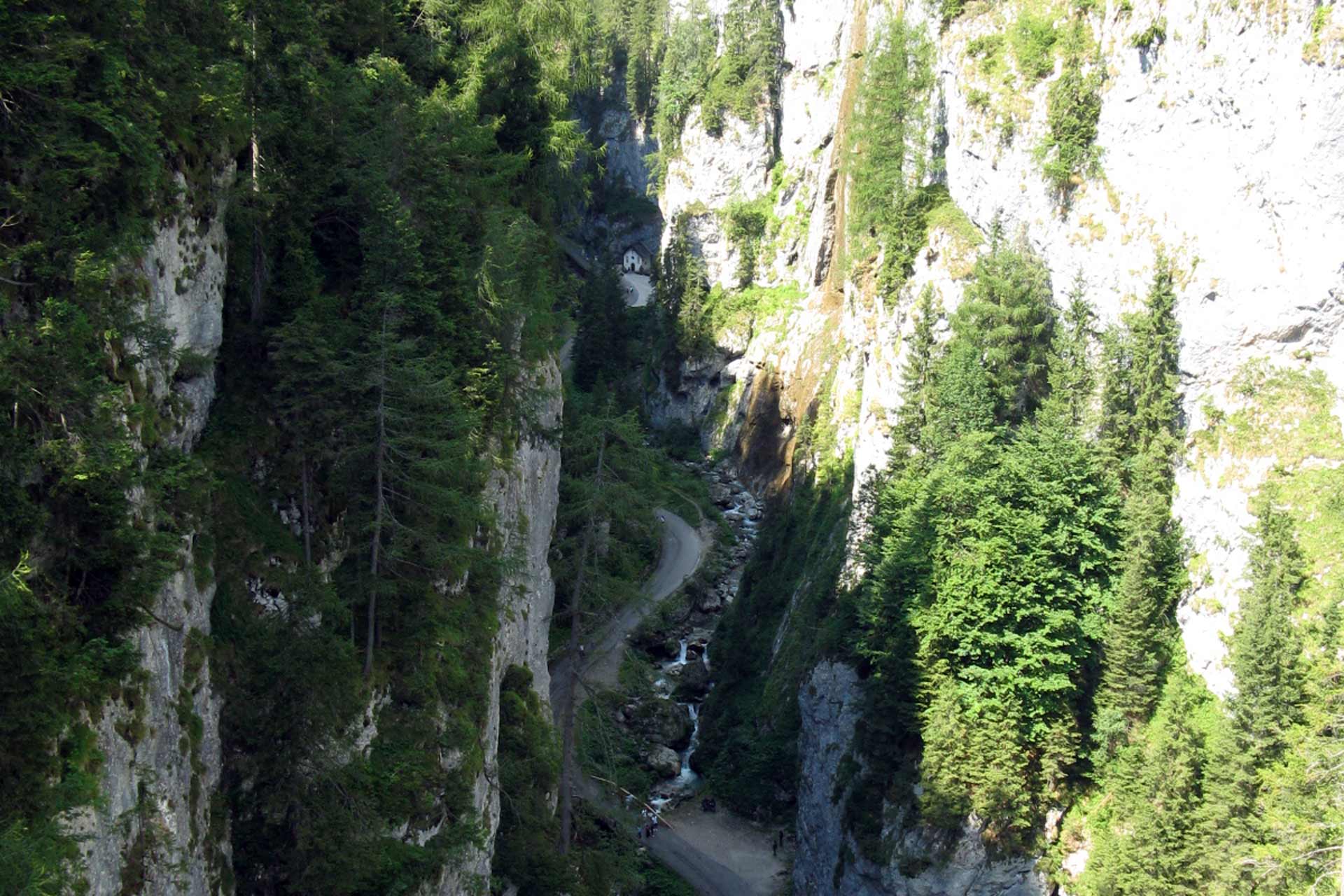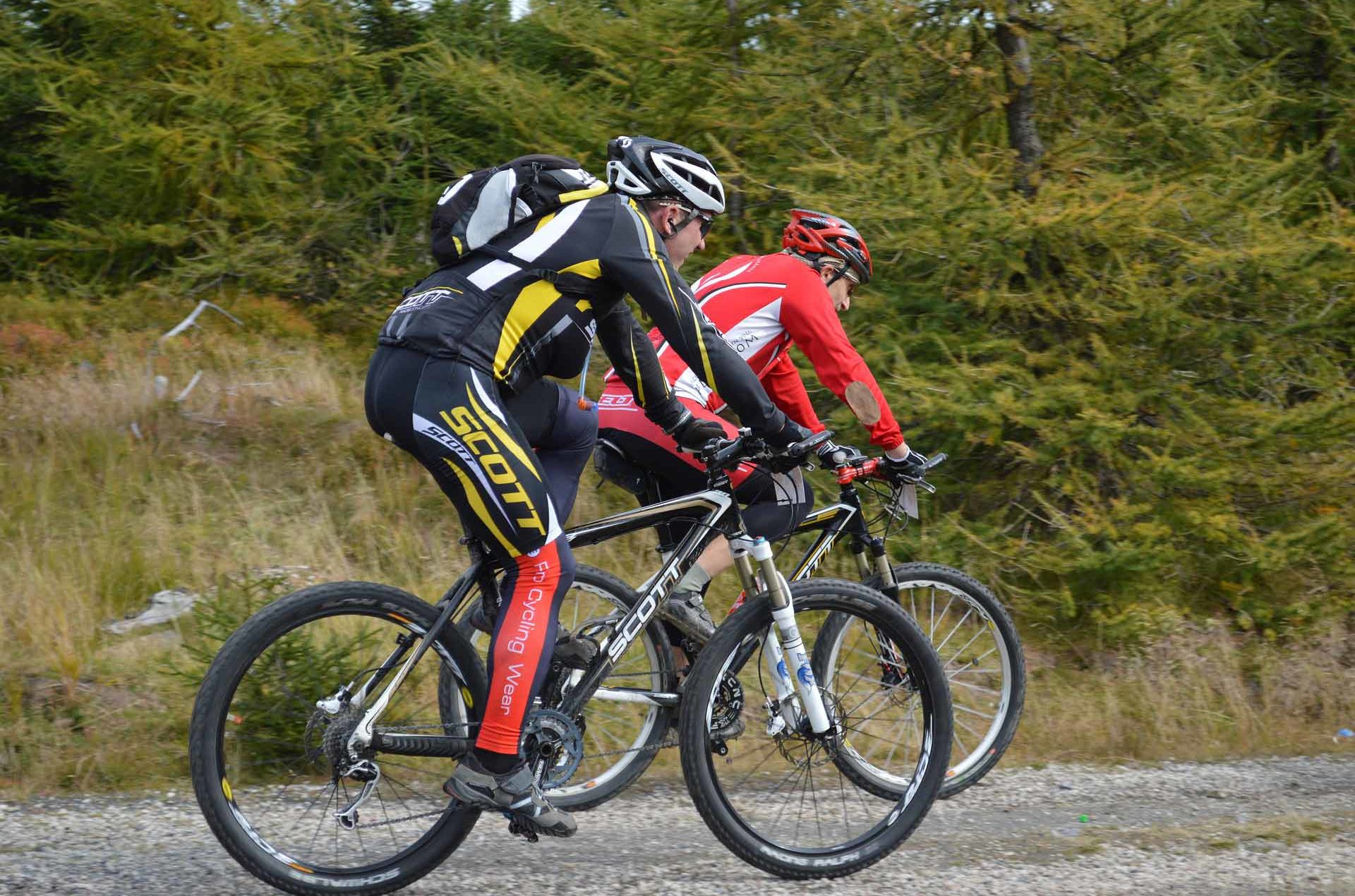Dolomites, mountains that rise with the rising and rising of the sun, which gradually passes to purple. A spectacular nature where to spend the holidays. Le Corbusier called the Dolomites “the most beautiful architectural work in the world” today is a World Heritage Site. So much history to be known, in the traditions of the valley and among the glaciers of the “Queen of the Dolomites”.
Summer Between Nature Sport and History

Tour of the Great War
Crossing the most beautiful mountains of the Dolomites
The mountains of these areas are museums that preserve what remains of the great conflict. Along the path that develops on paths and tunnels built by the military, we cross trenches, metal bridges, old military posts. A very popular itinerary immersed in typical alpine landscapes that cross the most beautiful mountains of the Dolomites like the Marmolada, the Civetta, the Pelmo, the Tofane, the Lagazuoi, the Cinque Torri, the Cime di Fanes the Sella Group, imagining the life of the men who faced this conflict.
Sellaronda
4 Passes Tour
The 4 Passes are part of the history of the Giro d’Italia: Passo Gardena, Passo Campolongo, Passo Pordoi and Passo Sella. A dip in the history of mountain climbing where the “Big” have made dream and live thrilling emotions. In the 54 km you can climb even over 2,000 meters to descend steeply and find a “breathtaking” climb and then down again, until stretches that allow us to regain our breath and strength.
From Sottoguda you can reach Arabba by car as a starting point. Those who “have leg” and much to give, can start climbing the 8 km that lead to the Fedaia Pass and descend to Canazei (10 km), turn to the SS 48 leading to the circuit (5 km).

Mountain Bike
Marmolada – Arabba – Sellaronda
Mountain Bike is not lacking the choice for fun, especially for those looking for off-piste. Starting from the hotel, climb up along the Serrai di Sottoguda to Malga Ciapela, where you take the chairlift of the Padon and you can easily reach the Padon Pass. Continue towards the Arabba to reach the downhill slopes or towards the Fedaia pass passing through the viel del Pan refuge along path 601.
You return to the hotel along the main road because it is forbidden to ride a bike along the Serrai di Sottoguda.
“Passes Alpin Passes”
Tour cyclomoto tourist between
the Fedaia Passes – Pordoi – Giau – Falzarego
Starting from the Hotel Genzianella, riding the bike or the bike, you can immediately choose 2 different path to visit the famous Dolomite Passes also to be crossed by the Tour of Italy.
The first first path start with the Fedaia Pass (800 m. of altitude difference in 8 km) to descend to Canazei, climb the Pordoi Pass to descend to Arabba and return to the hotel passing through Caprile (75 km). For the second one head towards Caprile, climb to Passo Giau, descend to Pocol for a panoramic view of Cortina d’Ampezzo and return to the hotel by climbing up the Falzarego and descending to Caprile (70 km).

Serrai of Sottoguda
Wonder of Nature
This is the old route that, with its 2,200 metres in length, leads from Sottoguda to Malga Ciapela (now replaced by the convenient variant of the SP 641) crossing the charming canyon, the so-called Serrai di Sottoguda, where the Pettorina torrent flows, hence the name Val Pettorina. The road is closed to traffic and lends itself to various sports and recreational activities such as events of the traditions of the valley.
Along the Serrai you can take simple walks to enjoy your free time in the enchanting atmosphere that creates this narrow gorge. By bike is allowed only uphill giving priority to pedestrians.
During winter you can go skiing or snowshoeing while watch some amazing ice clamb.
Museo of the Marmolada
The Great War Museum at an altitude of 3,000 meters
The Marmolada Museum is not only a building, but is part of an environment and of the awareness of being in a sacred zone, guardian, still, of the remains of many soldiers.
The Museum is located at an altitude of 3,000 meters. and traces the various themes of war in the mountains in a path of 2 parallel tunnels.
The Ice City is part of the theme trail on the High Altitude War. 12 km of tunnels and caves dug into the ice once used as kitchens, dormitories, infirmities, radio rooms, canteens, which, over time, the glacier has largely recovered.






